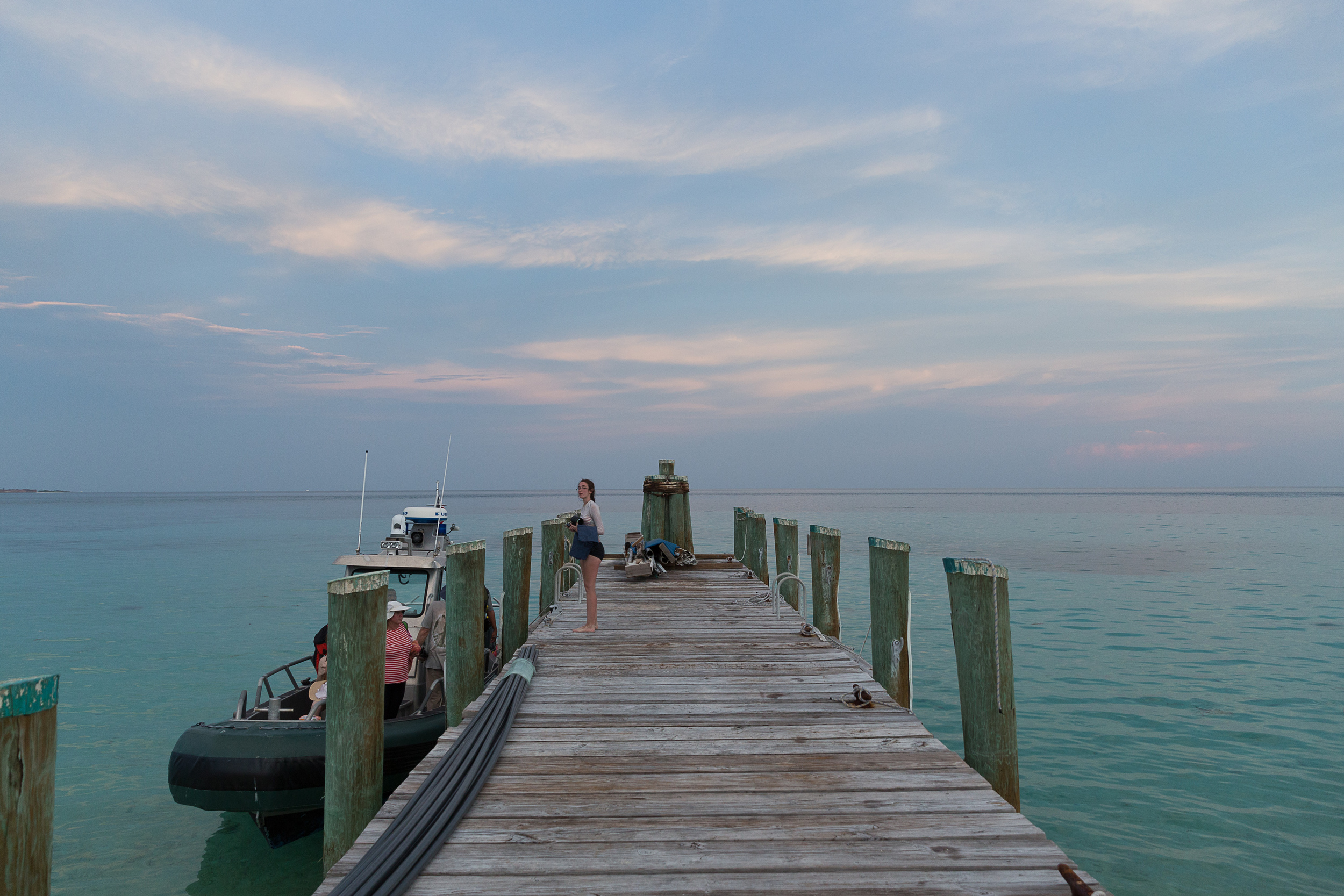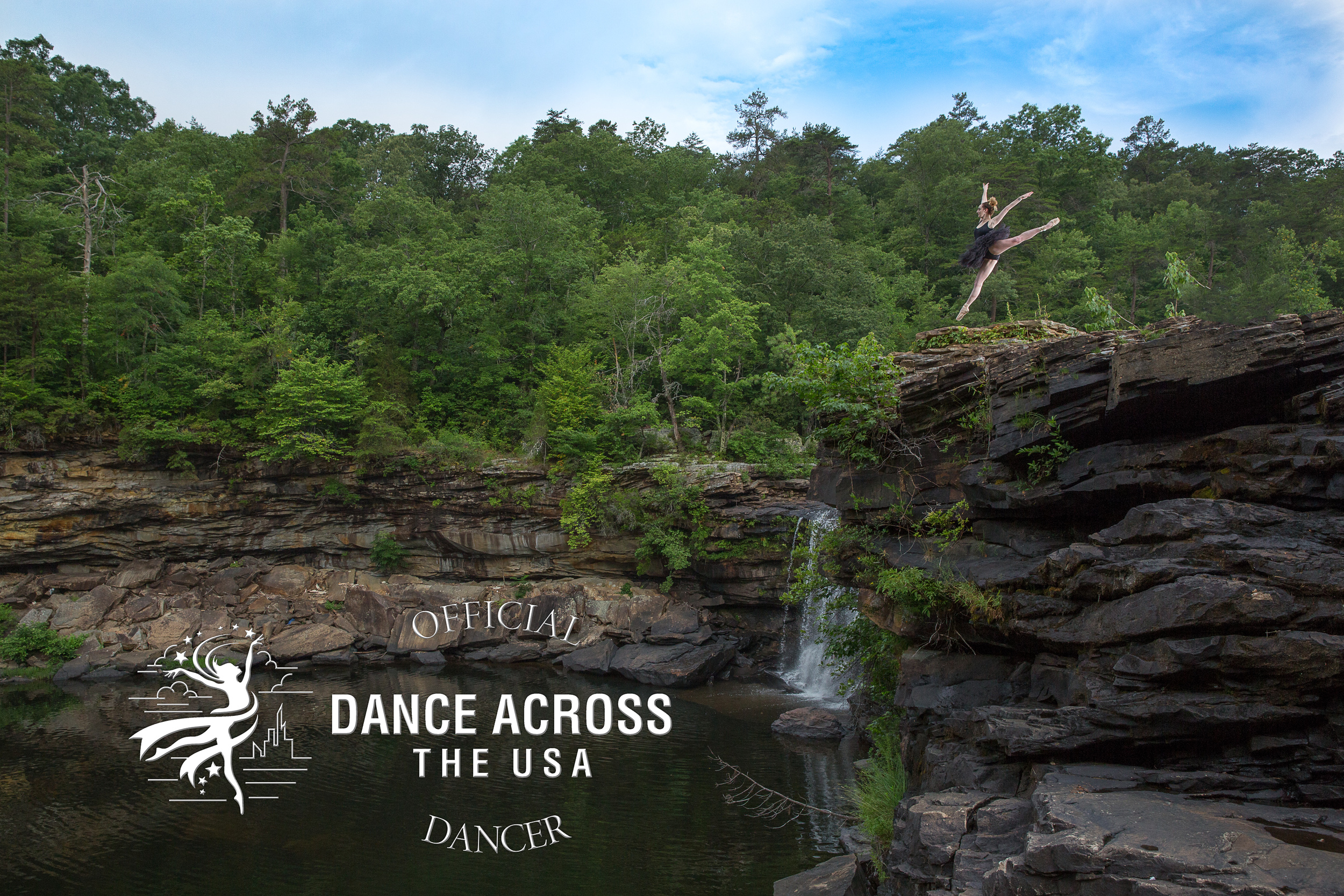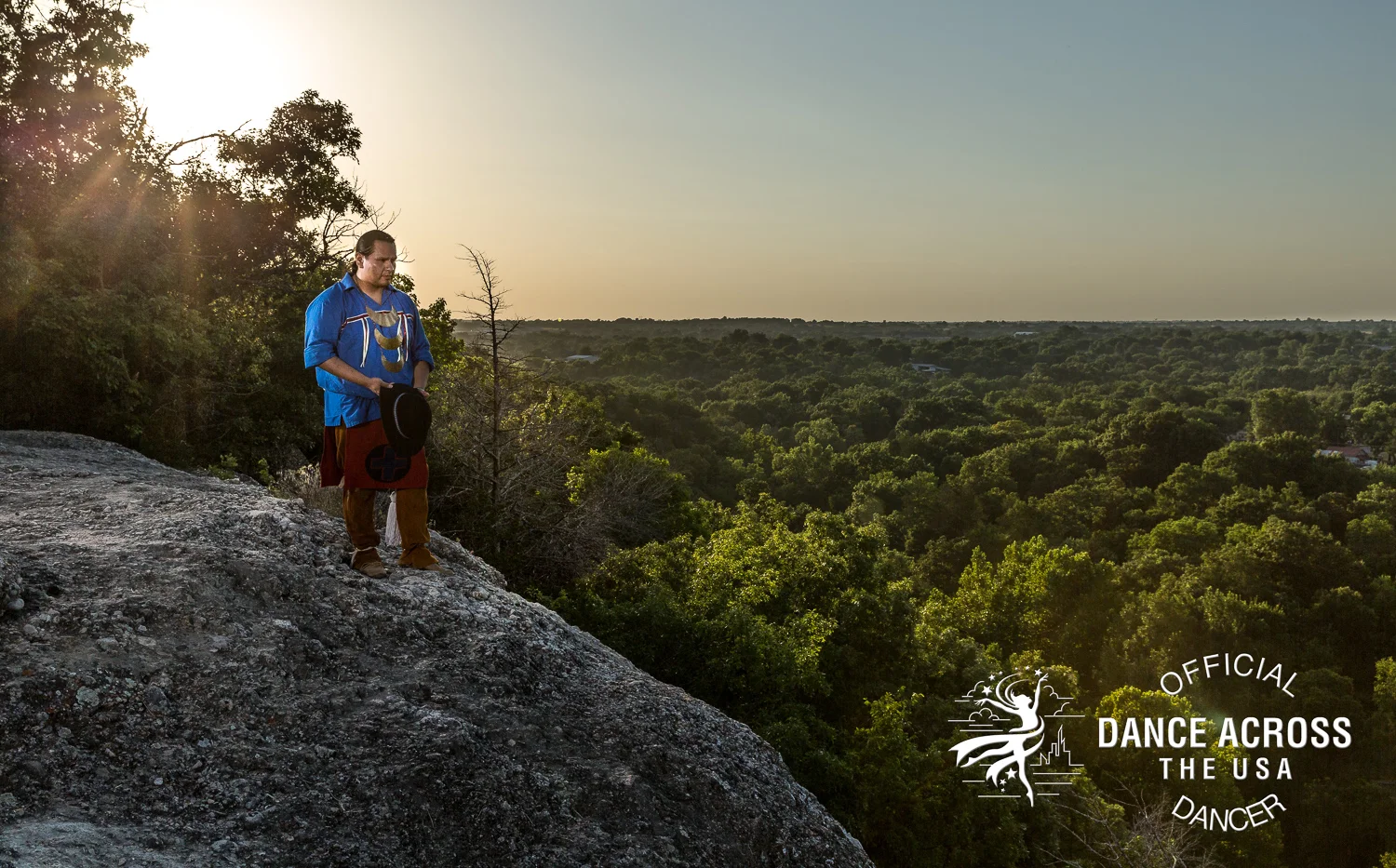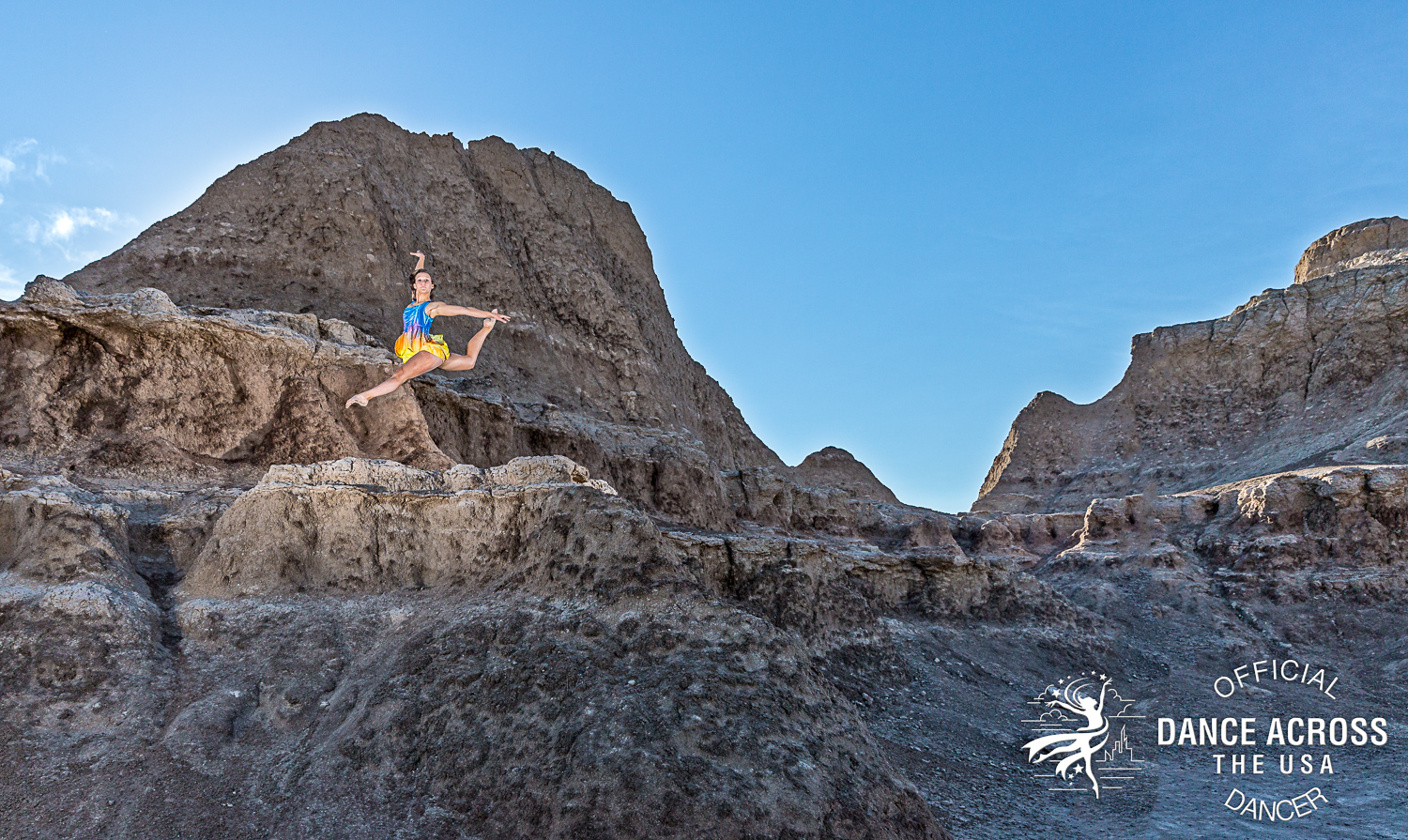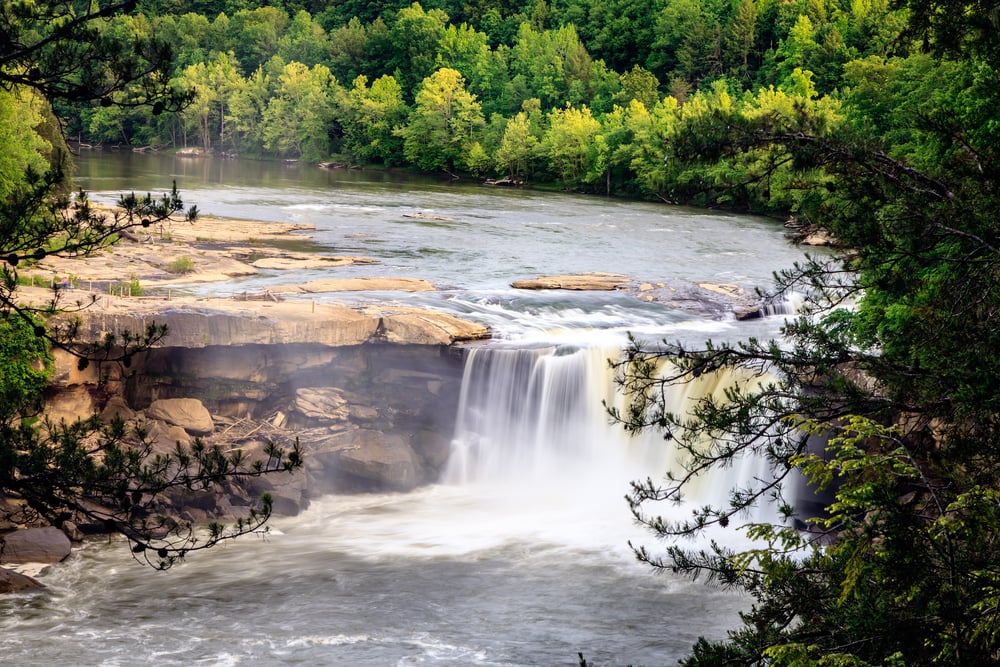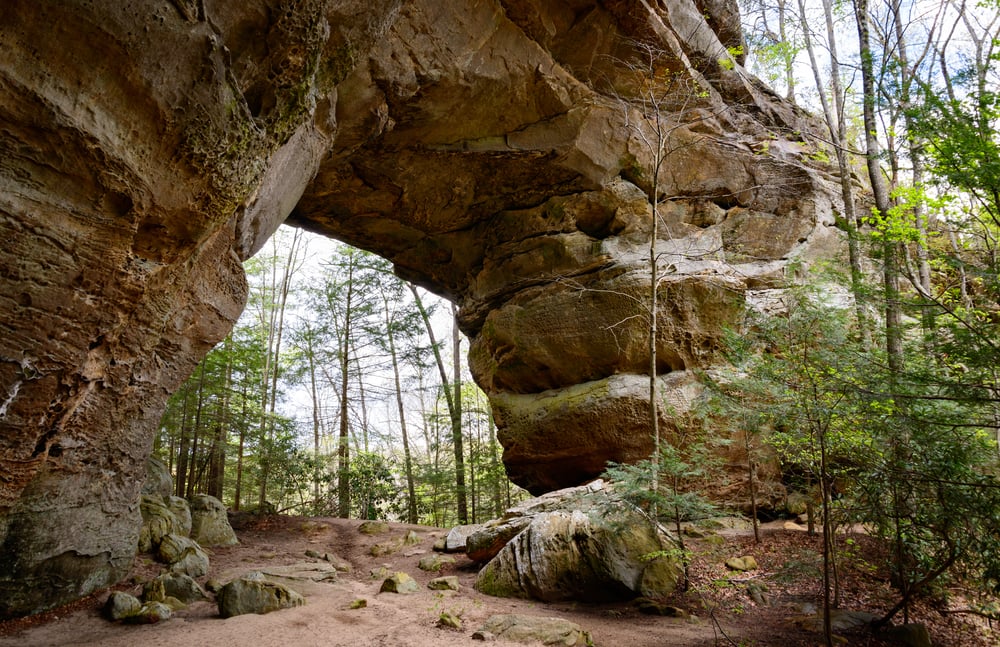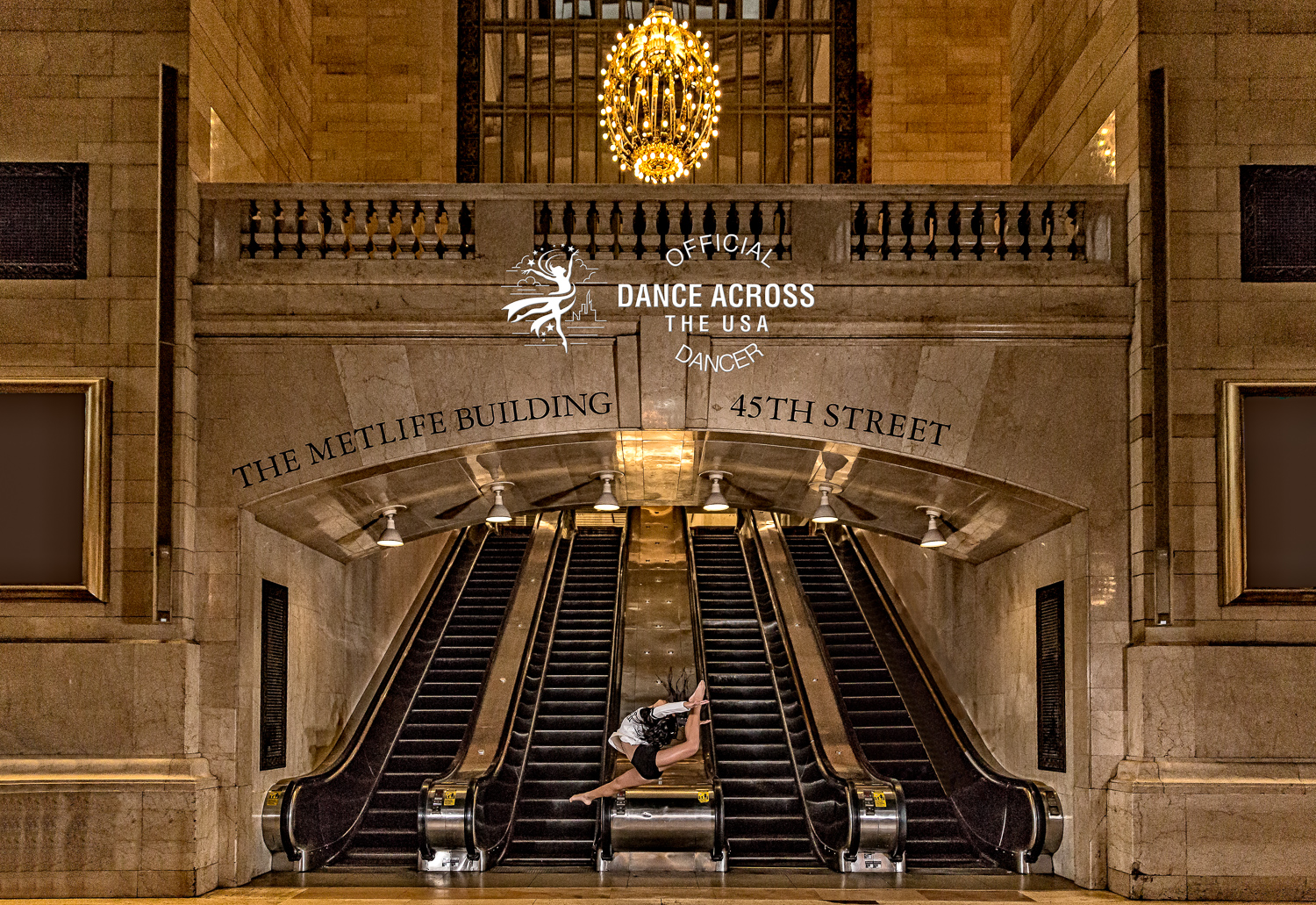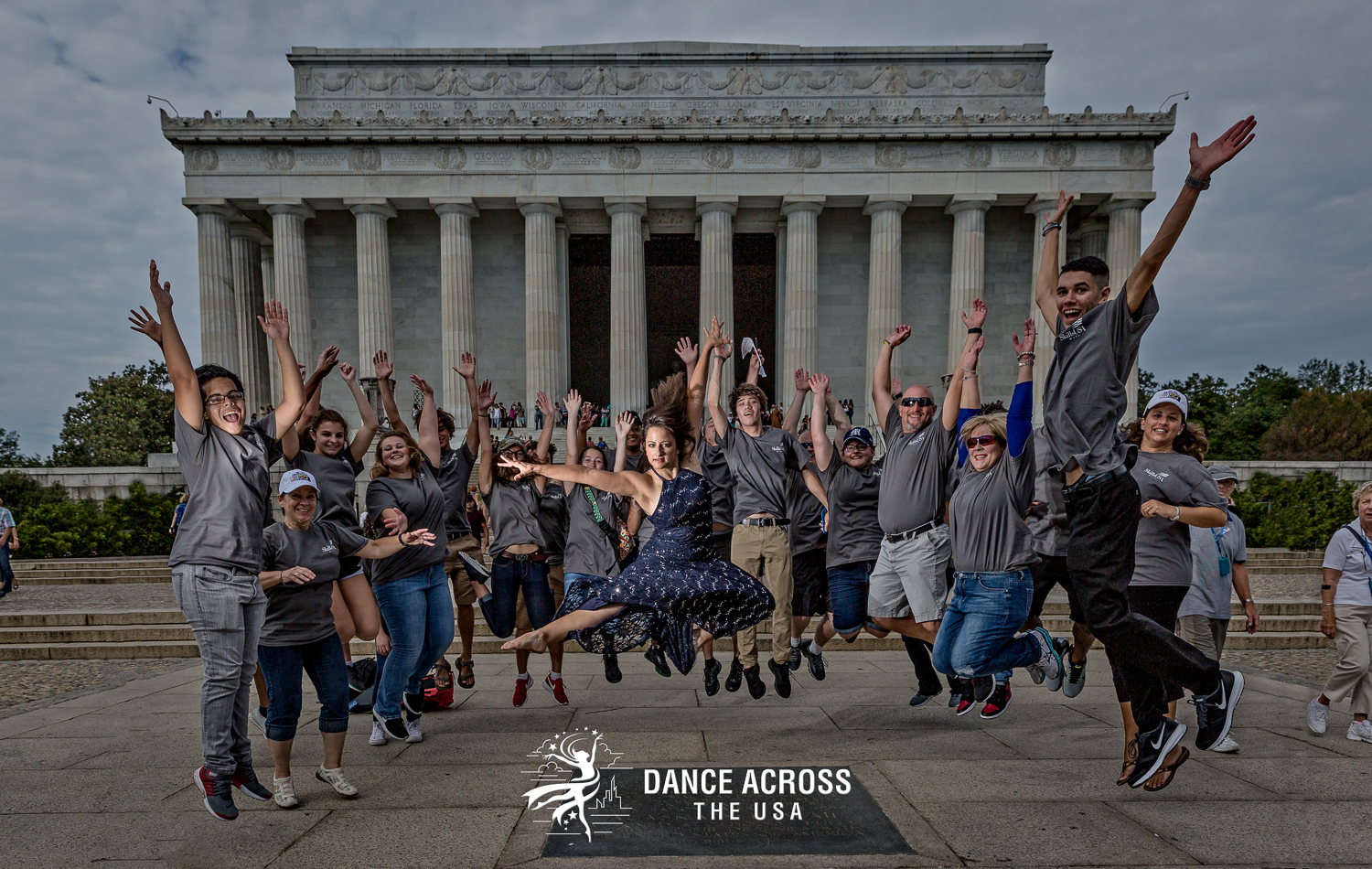The gentle sloping and curving alignment of the current route closely follows the original foot passage. Its design harkens back to the way the original interweaving trails aligned as an ancient salt-lick-to-grazing-pasture migratory route of the American Bison and other game that moved between grazing the pastures of central and western Mississippi and the salt and other mineral surface deposits of the Cumberland and Plateau. The route generally traverses the tops of the low hills and ridges of the watershed divides from northeast to southwest.
Native Americans, following the "traces" of bison and other game, further improved this "walking trail" for foot-borne commerce between major villages located in middle Mississippi and central Tennessee. The route is locally circuitous; however, by traversing this route the bison, and later humans, avoided the endless, energy-taxing climbing and descending of the many hills along the way. Also avoided was the danger to a herd (or groups of human travelers) of being caught en-masse at the bottom of a hollow or valley if attacked by predators. The nature of the route, to this day, affords good all-around visibility for those who travel it. At all times the route is on the high ground of the ridge dividing the watersheds; and affords a view to either see or catch the scent of danger; from a distance great enough to afford time to flee to safety; if necessary.
By the time of European exploration and settlement, the route had become well known and established as the fastest means of communication between the Cumberland Plateau, the Mississippi River, and the Gulf of Mexico settlements of Pensacola, Mobile, and New Orleans. In the early post-American Revolutionary War period of America's (south) westward expansion, the Trace was the return route for American flat-boat commerce between the territories of the upper and lower Ohio, Tennessee, and Cumberland River valleys. The Americans would construct flat-boats, load their commerce therein, and drift upon those rivers, one-way south-southwestward all the way to New Orleans, Louisiana. They would then sell their goods (including the salvageable logs of the flat-boats), and return home via the Trace (for the middle section of their return trip), to as far away as Pittsburgh, Pennsylvania.
Improved communications (steam boats, stagecoach lines, and railroads) and the development of ports along the rivers named above, (e.g., Natchez, Memphis, Paducah, Kentucky, Nashville, and Louisville, Kentucky) made the route obsolete as a means of passenger and freight commerce. As a result, no major population centers were born or developed along the Trace, because of its alignment, between its termini Nashville and Natchez. The two cities of note, near or on the Trace's alignment (Jackson, Mississippi, and Tupelo, Mississippi), developed only as a result of their alignment along axis of communication different from the Trace. Thus the Trace and its alignment come down to us today almost completely undeveloped and unspoiled along its whole route. Many sections of the original footpath are visible today for observing and hiking the Parkway's right-of-way.
For more information on visiting the Tennessee Natchez Trace Parkway, please click on the below link:
https://www.nps.gov/natr/planyourvisit/tennessee.htm






































































